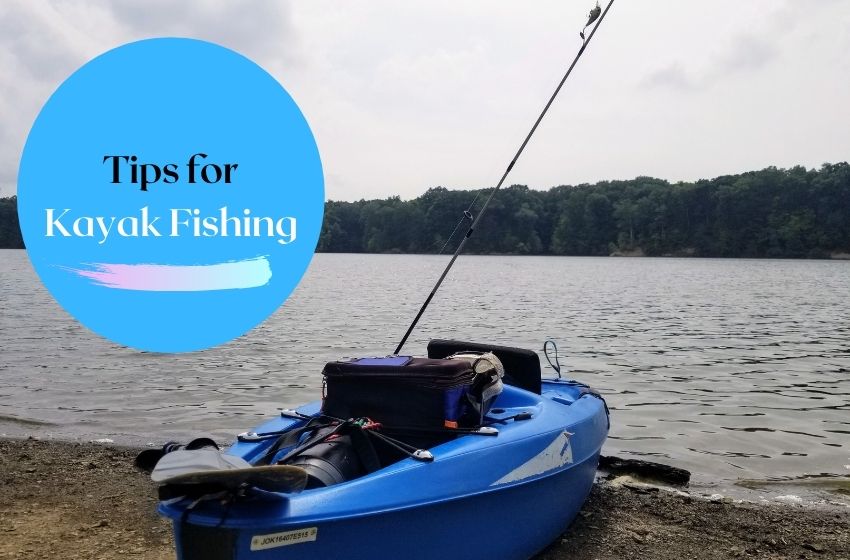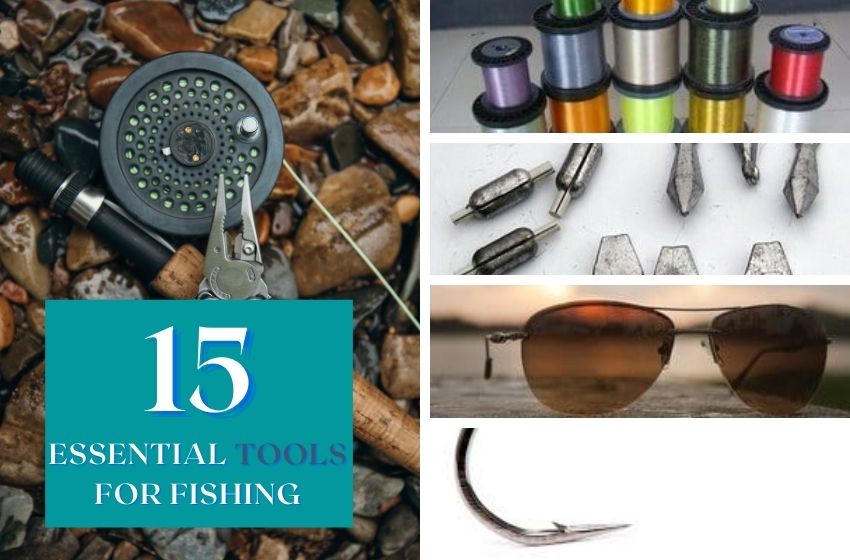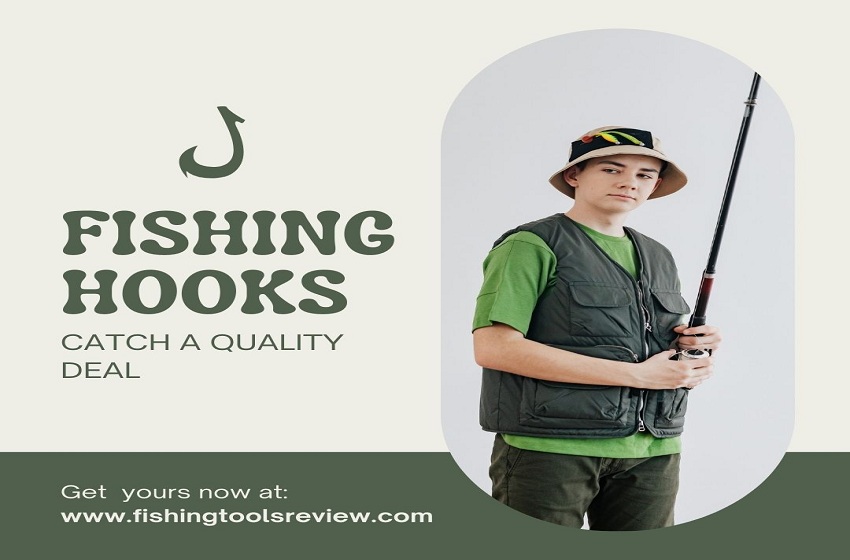
Crappie Fishing Tactics: How To Fish Crappie

The Crappie can be fished year-round, providing every angler with limitless opportunities to catch this beautiful fish. The fish can be found in freshwater bodies, including ponds, lakes, rivers, and reservoirs. Since these fish like to go to schools, do school, so if you catch one, you may be lucky enough to continue fishing closer. The Crappie is one of the fish that most excites to fish since they always put up a very good fight.
Most fish anglers fish from boats or other vessels. But, if you don’t have a boat, don’t worry – most of these tactics can be used on a dock, off the bank, or while wading.
1.Vertical jigging
Vertical jigging is very effective when the crappie is tightly covered, such as a stump or a pile of stumps, regardless of the depth of the headfish. Vertical jigging can be performed on almost any rod length.
With the jig hanging in the water just below the tip of the reed, move the tip of the reed up a few times to animate and rest the jig. Form a line and bounce the template to rest. Continue until it bites, and if it doesn’t, drop the template and try again.
2. Stick to traditional bobber fishing
The most iconic fishing method for all species is the humble cork. Cork fishing is very effective for crappie, and it is a tactic that every angler should be familiar with. Reels can be used with both jigs and lures, as well as baits. The basic platforms are the same for both.
Take the end of the fishing line and slide the rope up or attach the plastic rope to the line anywhere 1 to 3 feet from the end. If you’re using a weighted jig, tie it to the end of the line with your favorite fishing knot, and you’re done.
One of the best things about bobbing is that you can easily adjust the depth of your lure and bait. This will help you know the exact depth of your fishing. However, cork fishing is most often used in waters that are not too deep. If the bobber is too high on the line, it will be very difficult to cast, and the outfit will be prone to frequent entanglement.
3. Deeper fishing: sliding float
If you want to fish deeper and want to know exactly how deep you are fishing, a life-saving levitation device will save you the day. The sliding float rig is like bobber fishing, except instead of the bobber setting at a point on your line, it slides up until it hits a stop. Adjusting the depth of your lure is as simple as moving the plug up or down your line.
Lightweight wire hook or jig head
Slide the bobber tube plug down the line to the approximate depth you want to fish for. Slide the thread out of the tube and fasten it to the line. Slide the plastic bead onto the line, followed by the sliding float. Then tie the rotating barrel to the end of the line.
Crappie tends to stay at similar depths throughout a lake, so if you find fish at 15 feet in one place, they are likely to be close to 15 feet everywhere else.
4. The launch and recovery technique
It’s pretty simple in essence – cast your lure close to the structure, let it sink, and then slowly recover. Jigs and spinners are lures used for cast and retrieval fishing, but plugs and small baits can be used when conditions are right.
Getting ready to cast and retrieve the catch is easy – just tie in your lure of choice, and you’re ready to cast.
Casting and Retrieval Fishing: When deciding where to cast, look for the structure. The trick is to launch close to the frame without snagging because with the launch and retrieve. Once you’ve found the structure, your next goal is to find out how deep the crappies are suspended.
5. The spider rigging technique
This special setting is something that only crappie anglers can see do. And when it comes to finding trash, especially in large bodies of water, spider tackle is by far the most efficient.
Serious spider tackle anglers gravitate toward the longer spectrum of lightweight spinning rods, 14 to 16 feet long. Longer rods keep baits and lure away from the boat so that fish can find the lures before they see the boat. The long rods also keep the lines off the boat’s propellers and help anglers cover a much wider swath of water.
Recommended For You
Fishing tips are tricky but if we use them in the right way we can achieve our goals. Summertime is ideal for bass fishing. However, no one would even like to eat a pizza or hot prepared dishes when the […]
Why is kayak fishing so important? It is an exciting, cheap, healthy and straightforward sport where the rhythm is set, and big fish are caught. Kayak fishing is considered a frontier sport, as it is in its early stages of […]
Improve your talent in the water with a pair of best fishing boots and waders suitable for this season. Use these tips to determine the best wading style, material, and height for your angle profile. Whether its shallow streams or […]
Fishing is a fun activity. Many of us love fishing. Some choose it as a hobby also. But we don’t know how to go well planned for it. Imagine that you are out in the river bank or the middle […]
Recent post
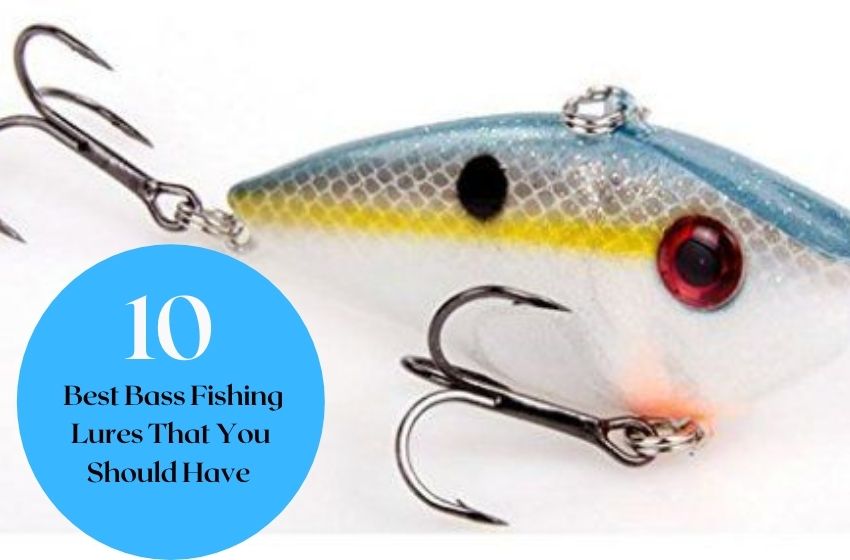
Best Bass Lures: The Top Lures for Bass in 2021
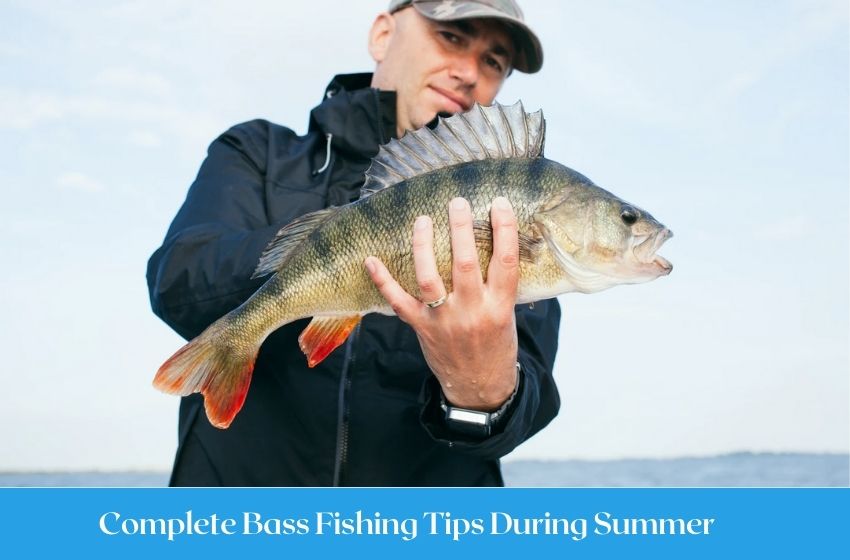
Complete Bass Fishing Tips During Summer
Top Reviews

9 Best Fishing Hooks buy for 2023 Reviews and Guide

Best Bass Lures: The Top Lures for Bass in 2021

Complete Bass Fishing Tips During Summer
